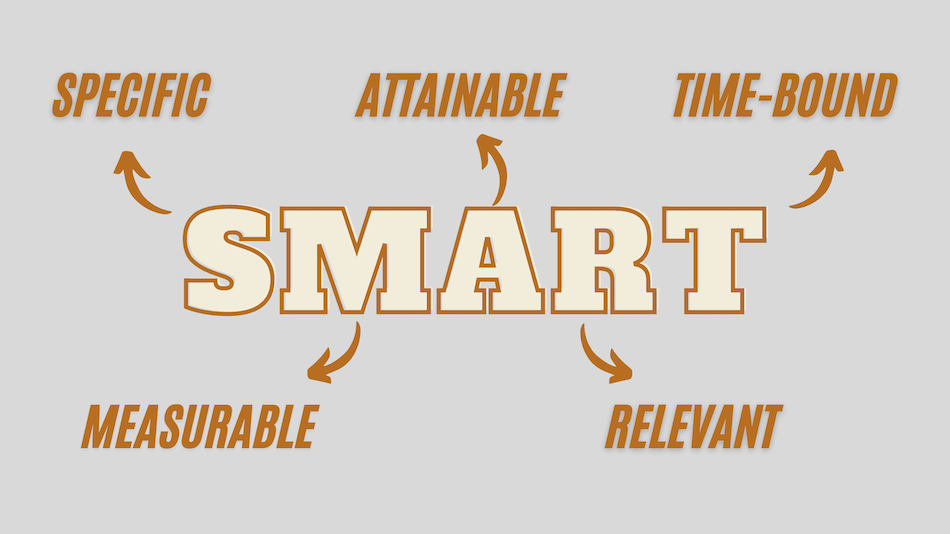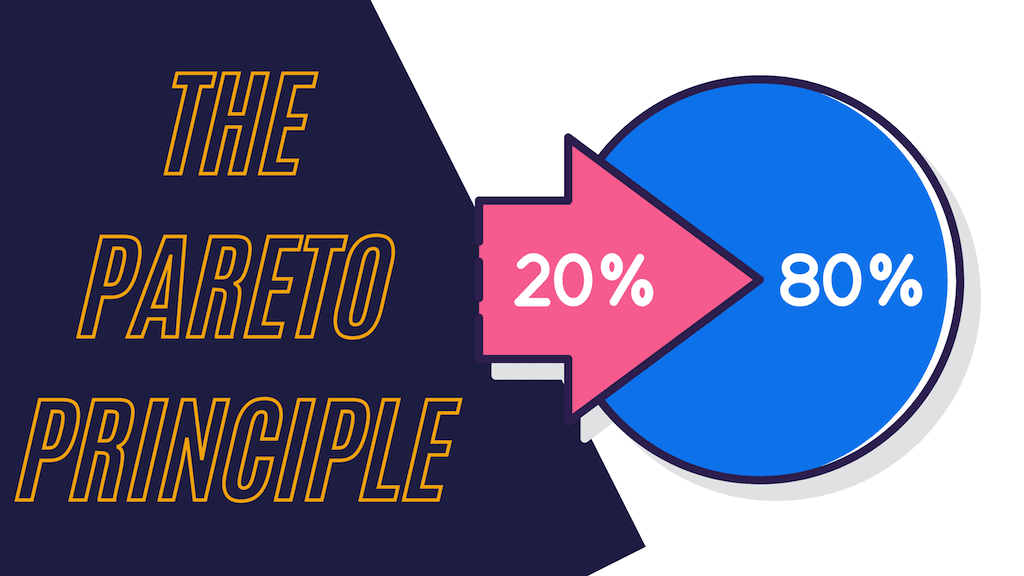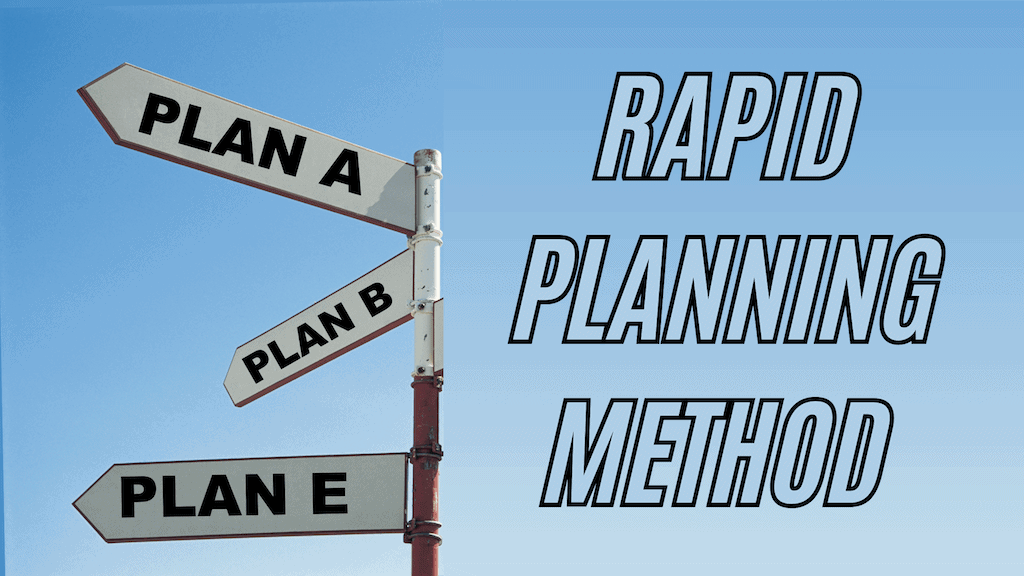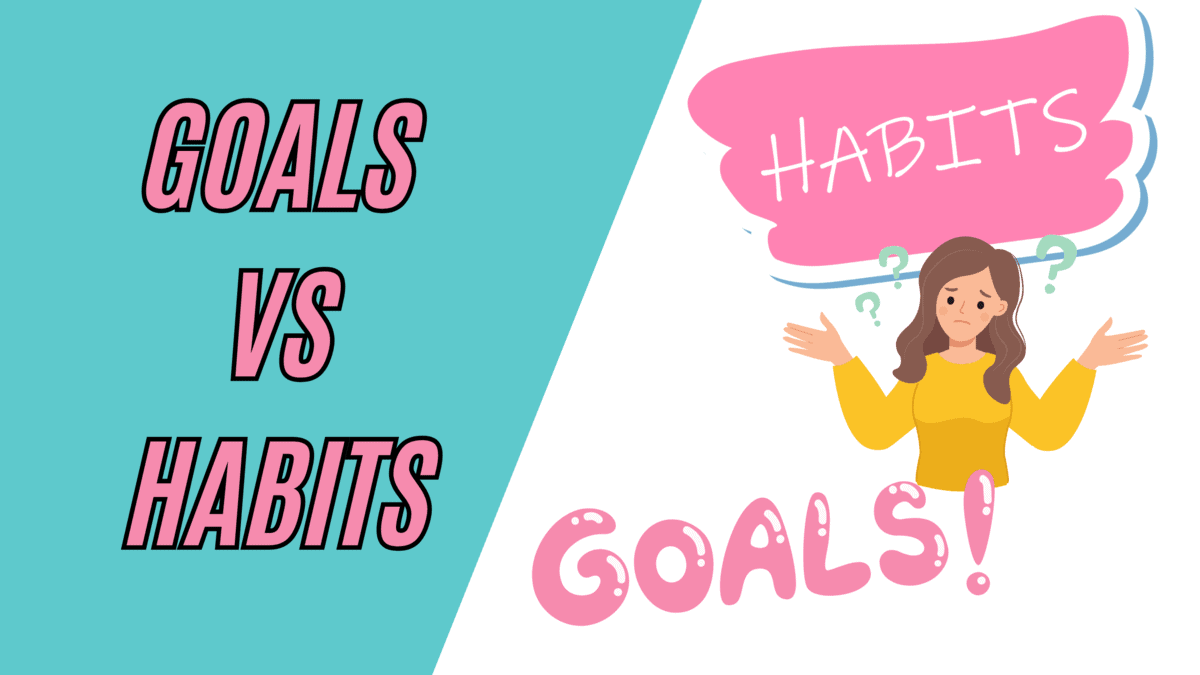In today’s fast-paced world, we often find ourselves struggling to maintain a balance between our personal and professional lives.
Meeting deadlines, attending social events, and even taking time for self-care can become increasingly challenging. We’ve all been there, haven’t we?
Constantly searching for a solution that could eliminate the frustration of keeping up with our day-to-day routines and improve our overall productivity. Well, search no more, as we introduce you to the Rapid Planning Method (RPM) – an effective and transformative tool for managing life and business ventures.
Developed by the renowned life and business strategist, Tony Robbins, the Tony Robbins RPM method is more than just a time management technique.
It focuses on changing the way we think about our goals, aspirations, and actions, enabling us to create a more fulfilling and productive life. The essence of RPM lies in its ability to help us break free from the shackles of traditional to-do lists and move towards a more purpose-driven approach.
Intrigued? We bet you are! So, let’s dive in and explore the world the RPM system, as we embark on a journey to conquer the chaos and unleash our true potential.
Understanding The Tony Robbins Rapid Planning Method
The Rapid Planning Method, for which RPM stands, isn’t just another time management technique – it’s a comprehensive system that enhances our time management skills and redefines how we approach our goals and daily tasks. By focusing on what truly matters and aligning our actions with our purpose, RPM paves the way for a more fulfilling and productive life.
At its core, RPM revolves around three key principles:
- Being results-oriented
- Purpose-driven
- Having a massive action plan
The Rapid Planning Method goes beyond conventional time management techniques by encouraging us to expand our thinking and step out of our comfort zones.
It challenges us to push our boundaries, break away from limiting beliefs, and open ourselves up to new possibilities. Enabling us to work more efficiently, effectively, and creatively in pursuit of our goals.
The 3 key components of the RPM strategy revolve heavily around 3 questions:
Results-Focused (R)
Question: “What do I really want?”
The first component of the Rapid Planning Method is all about defining the final goal by asking ourselves what we really want.
This step requires you to consider significant personal or professional results and ensure that your goals are specific and measurable.
Utilizing the SMART Goals framework, we can develop goals that are Specific, Measurable, Attainable, Relevant, and Time-bound. By doing so, we set ourselves up for success and pave the way for effective action.

Here are some examples of SMART objectives:
- Increasing monthly revenue by 20% within the next quarter
- Losing 10 pounds in 8 weeks
- Completing a professional certification course within six months
Purpose-Driven (P)
Question: “Why does it matter to me?”
The second component of RPM involves identifying the reasons and motives behind your goals. Asking yourself why it really matters to you.
By asking this question, we delve into the driving factors and impacts of our desired results. This step allows you to find a compelling reason for wanting to achieve your goals, ultimately fueling your motivation and actions.
For example, if our goal is to lose 10 pounds, the underlying purpose might be to improve our health, increase our self-confidence, or participate in a physically challenging event.
By connecting our results to a purpose, we create a powerful motivator that keeps us committed to our goals.
Massive Action Plan (M)
Question: “How will I achieve it?”
The final component of RPM is developing a Massive Action Plan to achieve your goals. Asking yourself how you’re going to achieve these goals enables you to create a detailed plan that outlines the necessary steps to reach your desired outcomes.
This plan should be ambitious yet realistic, breaking down the goal into manageable tasks.
By applying the 80/20 rule, also known as the Pareto Principle, you can prioritize the 20% of actions that will produce 80% of your desired results. This approach helps you focus on high-impact tasks that make significant progress toward your end goals.

Here are some examples of massive action steps that produce desired results:
- Allocating a specific budget for marketing campaigns
- Creating a meal plan and exercise routine
- Dedicating a set number of hours per week to study for a professional certification.
The RPM method invites us to shift our mindset from merely completing tasks to focusing on desired outcomes and doing the right things – rather than ticking off the easiest things on our to-do list and calling it a productive day.
By realigning our perspective, we can prioritize what truly matters and allocate our time and energy more efficiently. This new way of thinking propels us toward our goals with a renewed sense of purpose and direction.
“Focus equals power.”
Tony Robbins

By harnessing the power of focus through RPM, we can unleash our potential and pave the way for a life filled with growth, success, and fulfillment.
How Effective Is the Rapid Planning Method?
The Rapid Planning Method has been given significant praise for its effectiveness. Let’s explore some of the key benefits of implementing RPM:
Regain Control in Your Personal and Professional Life
RPM empowers us to take charge of our lives by prioritizing our goals and focusing our efforts on the most impactful tasks.
By doing so, you can effectively navigate through the complexities of your personal and professional lives with greater ease and confidence – you’d be surprised how often you spend time completing tasks that benefit someone else’s goals over your own.
Focus On Desired Results
One of the fundamental principles of RPM is to concentrate on the desired result rather than simply completing tasks.
This shift in focus enables you to make more informed decisions and work on tasks that move the needle toward your desired outcome rather than the tasks that clutter your to-do list but have little benefit in the long run.
Eliminate the Psychological Weight of To-Do Lists
Traditional to-do lists often leave us feeling overwhelmed and stressed, as they merely represent an ever-growing collection of tasks.
RPM, on the other hand, eliminates this psychological burden by encouraging you to create purpose-driven plans that align with your goals and priorities.
Evolve Into a Results-Driven, Purposeful Mindset
By adopting the RPM method, we gradually develop a results-driven, purposeful mindset that fosters growth and fulfillment.
This transformation not only leads to increased productivity but also promotes a more balanced and satisfying life.
Achieve a Sense of Fulfillment
Ultimately, RPM focuses on purpose, desired outcomes, and massive action plans. As we work towards our goals with intention and clarity, we experience a greater sense of satisfaction and accomplishment.
A Step-By-Step Guide to Implementing the Rapid Planning Method
Here’s a quick and easy step-by-step guide on how to implement RPM into your workflow starting today

Step 1: Get It All Out of Your Head
The first step in implementing the Rapid Planning Method is to capture all your thoughts, ideas, and tasks in one place.
To do this you can write them down physically or use a digital note-taking system.
So the goal here is to write down absolutely everything that comes to mind. Whether it’s personal goals, professional projects, or daily chores. This process helps declutter your mind, allowing you to focus on what truly matters and identify the most important tasks.
Step 2: Chunk It Down
Next, organize your captured thoughts and tasks into manageable categories or “chunks.” This process, known as chunking, helps you break down complex tasks into smaller, more actionable steps.
By dividing your workload into smaller chunks, you can prioritize effectively and tackle each task with greater clarity and focus.
Step 3: Massively Plan with Your Purpose
Once you’ve chunked your tasks, it’s time to create a massive action plan aligned with your purpose.
For each chunk, answer the three RPM questions:
- What do I really want?
- Why does it matter to me?
- How will I achieve it?
This process ensures that your actions are purpose-driven and that you remain focused on your desired outcomes.
Step 4: Take Action and Create an Identity
With your massive action plan in place, it’s time to take action. As you work towards your goals, create an empowering identity for yourself that reflects the person you want to become.
This identity will serve as a constant reminder of your purpose and will motivate you to stay committed to your plan.
“The more pride you have in a particular aspect of your identity, the more motivated you will be to maintain the habits associated with it”
James Clear: Author of Atomic Habits
Step 5: Review Using RPM Questions
Finally, regularly review your progress using the RPM questions.
Assess your successes and challenges, and adjust your plan as needed. Celebrate your accomplishments and use them as motivation to continue moving forward.
By constantly evaluating and refining your approach, you’ll stay on track making progress toward your long-term annual, quarterly, and monthly goals.
Implementing the Rapid Planning Method in your life does take commitment and discipline, but the rewards are well worth the effort. By following these steps, you’ll develop a clear, purpose-driven plan that will empower you to achieve your goals and create a fulfilling life.
Maximizing the Benefits of RPM
To get the most out of the Rapid Planning Method, here are 3 tips to keep in mind:
Tip 1: Write Down Your Goals
To fully maximize the benefits of the Rapid Planning Method, it’s crucial to capture your ideas and goals on paper or in a digital format.
Writing down your thoughts helps clarify your objectives, solidifies your commitment, and makes it easier to track your progress over time. By capturing your ideas and goals, you create a tangible roadmap to success.
Check out our full article on the power of putting pen to paper!
Tip 2: Create an RPM Chart
An RPM chart helps you visualize your goals and the steps needed to achieve them. This chart outlines your desired results, the purpose behind them, and the massive action plan required to reach those outcomes.
By creating and regularly updating your chart, you’ll stay hyper-focused on what’s important, ensuring that you stay on track and make meaningful progress toward your objectives.
Here’s what your RPM table could look like for our “lose 10 pounds” example:
| Massive Action Plan | Result | Purpose |
| – Research workouts to do in the gym – Research how many calories I should be consuming daily – Research my ideal macros – Find a gym – Sign up to the gym – Look for a personal trainer | – Have a better physique | – To feel Stronger – To feel better about myself – To have more energy |
Tip 3: Assigning Fun and Empowering Roles
To maximize the benefits of RPM, assign fun and empowering roles to yourself that align with your goals. These roles serve as reminders of the person you aspire to be and the qualities you want to embody.
For example, if you’re working on a fitness goal, you might assign yourself the role of “health enthusiast” or “fitness warrior.” By associating your goals with enjoyable and inspiring roles, you’ll stay motivated, making it more likely that you’ll achieve your desired results.
In addition to the Rapid Planning Method, a To-Don’t List can help you stay organized and avoid time-wasting activities.
Rapid Planning Method FAQs
RPM is a goal-setting and time management system that focuses on results, purpose, and massive action plans to improve productivity and personal fulfillment.
RPM works by answering three key questions: What do I really want (results-focused)? Why does it matter to me (purpose-driven)? How will I achieve it (massive action plan)?
Benefits include regaining control in personal and professional life, focusing on desired results, eliminating the psychological weight of to-do lists, evolving into a results-driven mindset, and achieving a sense of fulfillment.
Implement RPM by capturing everything out of your head, chunking it down, massively planning with purpose, taking action, creating an identity, and reviewing your progress using RPM questions.
Chunking involves organizing your goals and tasks into manageable categories, making it easier to focus on important results and prioritize your actions.
Maximize RPM benefits by capturing ideas and goals on paper, organizing goals through chunking, creating an RPM chart, and assigning fun and empowering roles.
Yes, alternative methods include the 5/25 rule of Warren Buffet, The Eisenhower Matrix, Eat the Frog technique, The Ivy Lee Method, MoSCoW method, and ABCDE method.
Yes, RPM is designed to help you achieve success and balance in both your personal and professional life by focusing on what truly matters and taking massive action.




